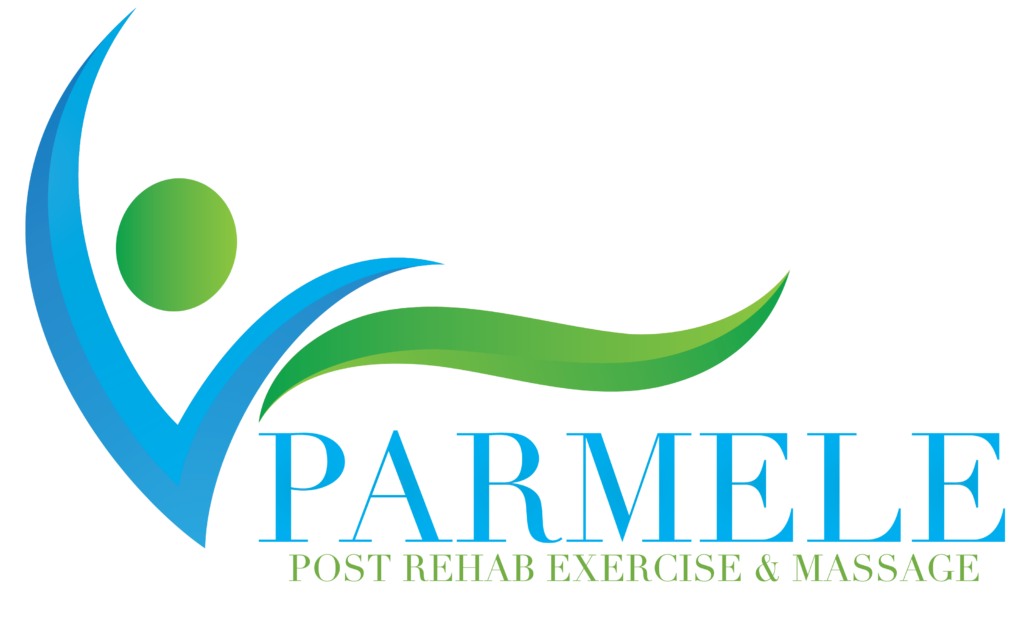Vlog
We often get caught up in performing exercises that involve both arms or both legs. Change it up! Continuously using both limbs can hide muscle compensation or weaknesses stemming from the opposite limb. One side could have more tension/tightness than the other, which could result in compensation or one side fatiguing a lot faster. Test the strength of each side. Can you do more reps to fatigue on one side vs. the other?
Rotational Exercises are the most important exercises you can do, but also the most neglected. We’re talking internal and external obliques for core stability especially during trunk rotational movements(swinging golf club), the rotator cuff muscles that provide shoulder stability especially during overhead movements and exercises (by far the most important muscles in the shoulder), the deep hip rotators that provide hip stability when you walk, run, jump, electric slide, and let’s throw in the ankles for increased ligament and tendon integrity.
When we look at some of the common injuries or conditions:
- Low back pain: often contributed to lack of overall core strength, lack of hip stability
- Shoulder pain: lack of shoulder stability, possible cervical disc compression, poor posture
- Hip pain: lack of hip stability or strength, lack of core strength
- Ankle sprains(not due to direct impact or trauma): lack of ankle stability, lack of hip stability/strength
Resistance Bands are great for rotational exercises
You have to actively work on building muscle strength. If you do not build strength, your muscles will become weak, the amount of stress on your joints will increase, and dysfunction and pain will be inevitable. It takes time and consistency, don’t assume just because you feel good that you don’t need to continue strengthening!
This is one of the more obvious reasons and the reason why many of you seek out massage and stretch therapy. With muscle tension comes muscle imbalance, with muscle imbalance comes postural distortion, and with postural distortion comes pain, limited range of motion, loss of function, injury…
You have to be consistent with muscle release and stretching and be sure to release tension PRIOR to stretching. So foam roll first.
These muscles will absolutely cause shoulder pain if they become dysfunctional. And the fact you won’t truly feel tension in these muscles until pressure is applied is why I made this video.You need to be sure you release tension in these muscles prior to your workouts. If pain is persistent you need to reduce the number of chest exercises you do during the week and place more emphasis on your upper back musculature and rotator cuff muscles.
The days where you exercise just to exercise need to be long gone. In order to truly benefit from your strength/resistance training program, you need to be certain the correct muscles are activating during exercises. Become mentally in sync with your body. The more in sync we are with our body, the more we reduce the risk of injury, muscle imbalance, and pain
This video I talk about two common postural distortions, medially rotated shoulder, and elevated shoulder. I discuss some of the signs associated with both of these postural distortions and I discuss the most common muscles involved with the distortions.
This video we discuss common causes of elevated hip posture and how to address it. We also talk about the pain often caused from this posture and relationship between the muscles.
If you have shoulder pain, these 4 muscles are the MOST common muscle that I work I, where clients never knew they had tension. If you don’t know you have tension in muscles, you likely will ignore those muscles which will cause more and more shoulder pain or dysfunction. You won’t think to stretch or release these muscles and they will continue to cause more dysfunction and pain in your shoulder joint and neck.
Yes, fixing knee pain can be as easy as releasing the tension in the muscles surrounding the joint. More often than not, you’ll have a trigger point or tender point somewhere in your quadriceps or tibialis anterior that’s causing the discomfort in your knee. If you are able to pinpoint where exactly you are feeling the pain during the exercise, start with rolling out that spot with either a foam roller or massage stick. Now if you are someone that only does cardio and you experience knee pain, that’s a whole different beast. You will need to put a lot more emphasis on strengthening your leg muscles, especially your quads! By strengthen I mean resistance training or weight training not running!
If you are someone with constant shoulder issues, this upper body workout routine is a must. Releasing tension prior to exercise will allow more oxygen and blood flow into the muscles and will allow your muscles to contract and release more efficiently. If we go straight into a upper body workout or any workout in general without releasing the tension surrounding the shoulder joint, we will create more muscle imbalance and more shoulder issues. We also want to make sure we are warming up the smaller rotator cuff muscles so they are primed and ready to activate when we perform larger shoulder movements.
At the end of the day, the point of therapy is to help and to educate. There comes a point where you have to take what you have learned or what therapy has provided, and continue to grow and improve. This video tackles my viewpoint on therapy and what is necessary in order to get the full benefit of any type of therapy session.
